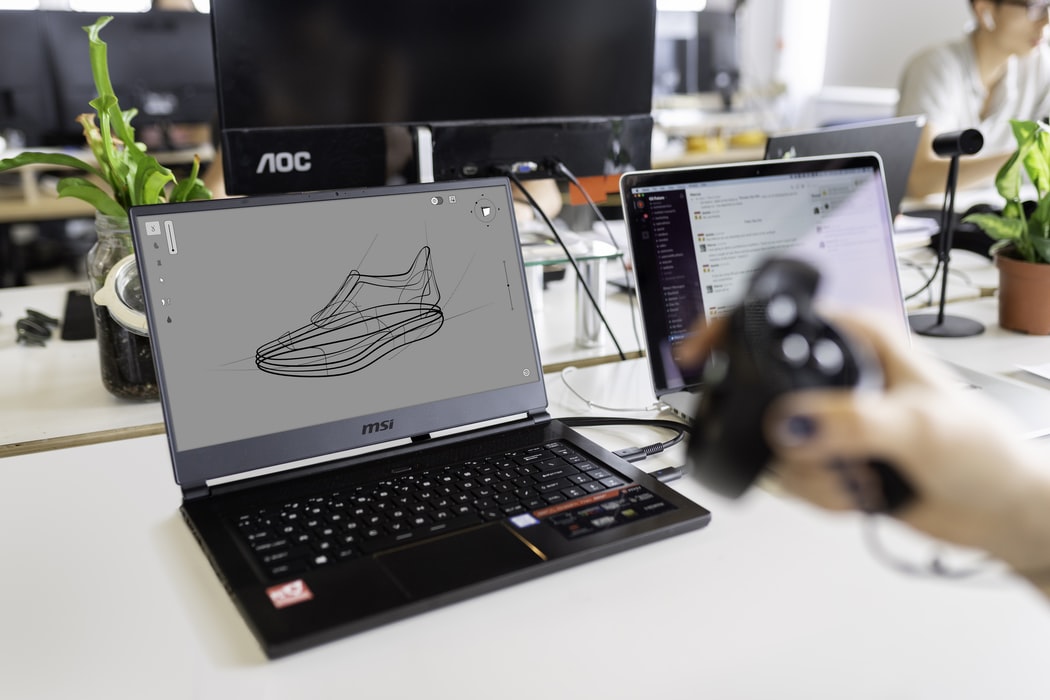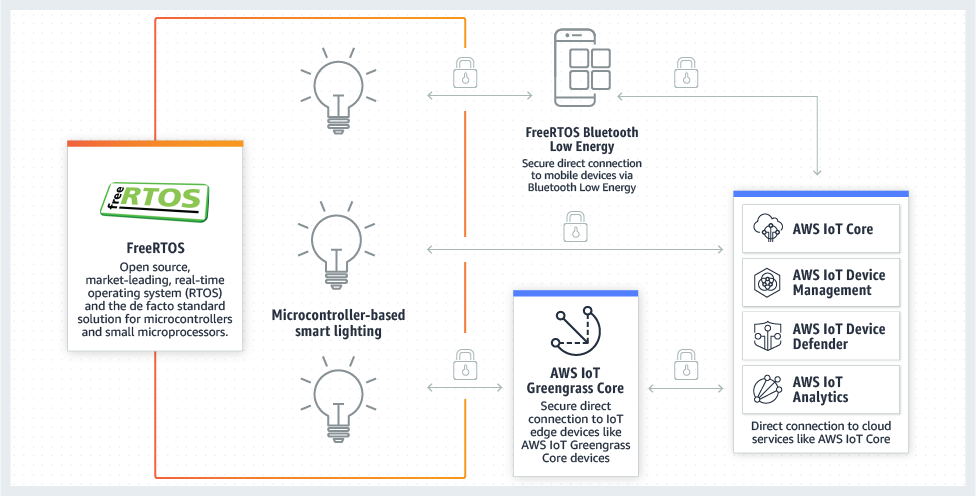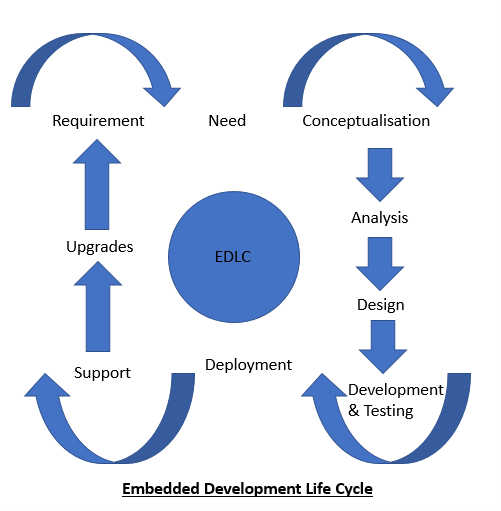
Transformation of Embedded Software Development
Transformation of Embedded Software Development
Embedded System is a combination of computer software and hardware which is either fixed in capability or programmable. Either an isolated system can be an embedded system, or it can be part of a large system. It is mostly designed for a specific function or functions within a larger system. A fire alarm, for example, is a typical example of an embedded device that can only detect smoke.
Let's look at traditional embedded systems and how things have evolved to drive this evolution.

For a long time, embedded systems have been used in many critical application domains, such as avionics and traffic management systems. Their wide use demonstrates the significance of embedded systems, especially when considering the potential consequences of their failure. For example, a failure of an automatic pilot system or a failure of a car braking system can lead to significant loss of life; failure of an electric power system may led to loss of life or, if not to that, to loss of quality of life; and failure of a production control system in a factory may lead to a significant loss of revenue.
To overcome this life critical impact of embedded system, new architectural and design techniques need to be developed and implemented to meet the required performance requirements and to achieve the reliability needed using their limited processing, memory, and power resources.
On the other hand, In embedded device design, the newest drivers provide both hardware enhancements and continuous advancement of software methods. At the same time, developments in software technology point to software-defined structures that are more fluid than their predecessors.

Integrated system architecture is evolving by being more versatile and software determine the business processes. Embedded systems have historically been developed with closed architectures, which were specific to each computer. They run a real-time operating system (RTOS) like VxWorks in systems that have fixed time constraints, where predictability is key. The RTOS ensures that these systems do not fail. Alternatively, systems without real-time requirements can run customized versions of Linux, such as Wind River Linux.
Nowadays, embedded device design is changing, under pressure from corporations to evolve more rapidly than ever. The automated, interconnected and automatic mechanism is growing in today's world. The embedded device is a core component of electronics and is part of a wider apparatus. Embedded device is now everywhere including smartphones, tablets, computers, cameras, etc.
There are a range of new innovations that make Embedded a more common domain. Like that,
- Artificial Intelligence
- Virtual Reality and Augmented Reality
- Deep Learning
- Embedded Security
- Cloud Connectivity
Like these, there are a range of innovations that are now being used in an embedded domain that make it more useful, secure, and linked to the world. It also makes Embedded systems safer, more stable, more reliable, and more certified. Integrated device components and the selection of a good product life cycle are two main factors for a successful Embedded System.
Components of Embedded Systems :

- User interface
- Input/output interfaces
- Processor
- Memory
- Timers
- Serial communication ports
- Circuits to connect to other systems
- RTOS
Product development life cycle for embedded domain is EDLC stands Embedded development Life Cycle
Embedded Development Life Cycle:
This is a common problem-solving methodology for embedded product creation focused on design-implementation analysis. The first and foremost step in any product development application is to find out what product needs to be developed, to find a good approach to building it and finally not least to develop it.
The ultimate goal of any embedded product is to deliver marginal benefits in a commercial production set-up. Marginal advantages are generally reflected in terms of return on investment (ROI). Product production investment requires initial investment, manpower investment and infrastructure investment etc.
Embedded Device is the combination of hardware and software used to achieve a particular mission. It is specified by the rules as a way to work, to organize and to perform tasks. Speed, strength, size, precision, reliability and adaptability are key features of an embedded device. This system is used in real-time applications where operations are conducted at high-speed.
Therefore, it is important for the product to fulfill all these requirements in the design, production, and support phases of latest technology.
EDLC has three key targets:
• To ensure the supply of high-quality products to end-users;
• Reduction of risk and product defect avoidance by project management
• Boost efficiency
Conclusion:
The cost of the product creation can fall into any of the following categories, initial investment, recruitment of developers, education or other relevant infrastructure needs. After analyzing the business dynamics and demands of the product, the budget allocation may have been done. EDLC must ensure that all qualitative characteristics of the embedded device have been taken into account when designing the product.
Each of the embedded systems has its own unique function and the hardware is highly applied. Finally, "Things are beginning to move very quickly in the embedded space," and every step is made. Embedded software is here to continue to contribute to an increasing quality of life and to open up new opportunities to enhance living standards around the world.
